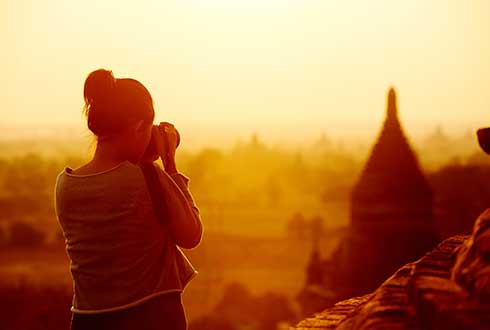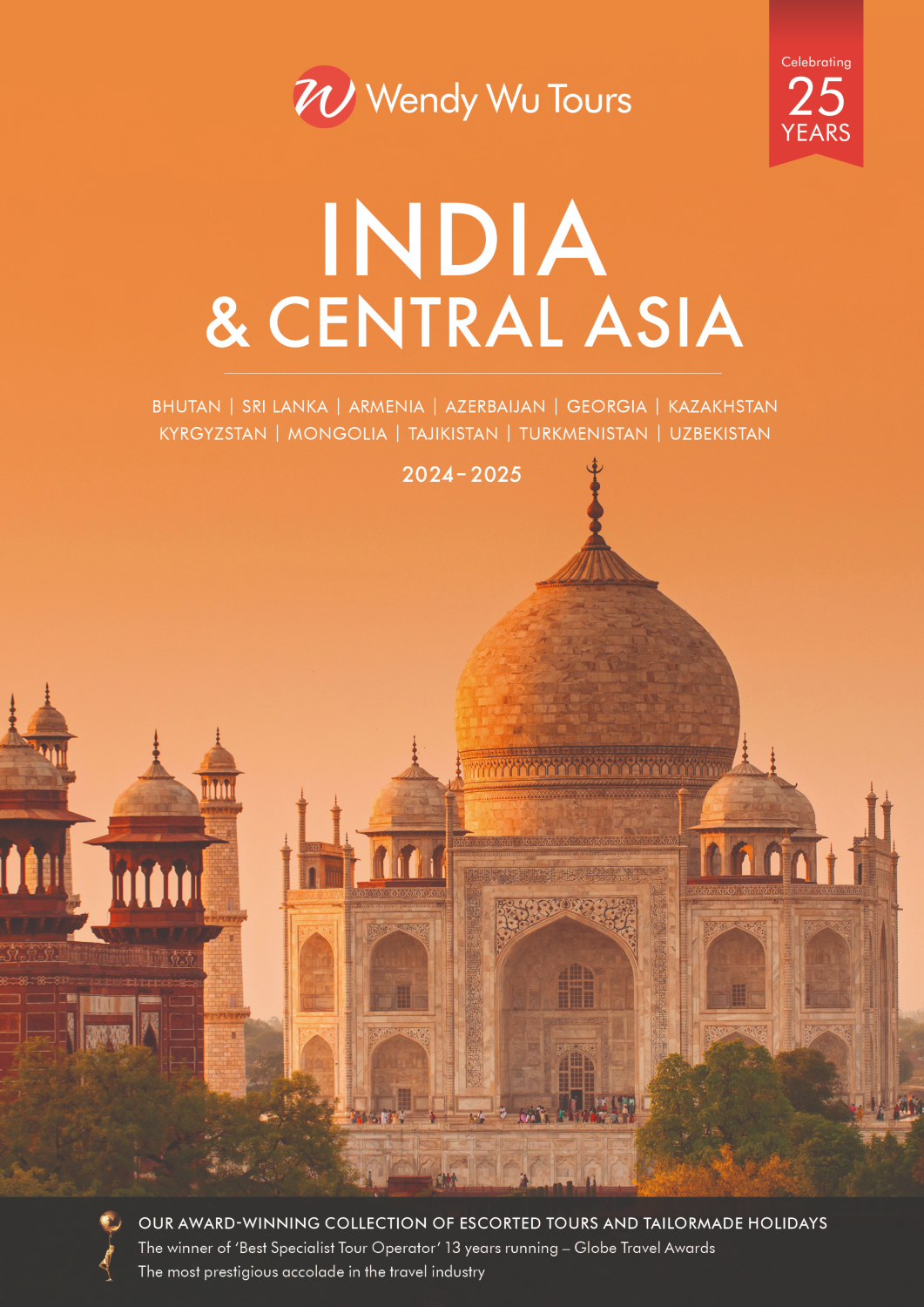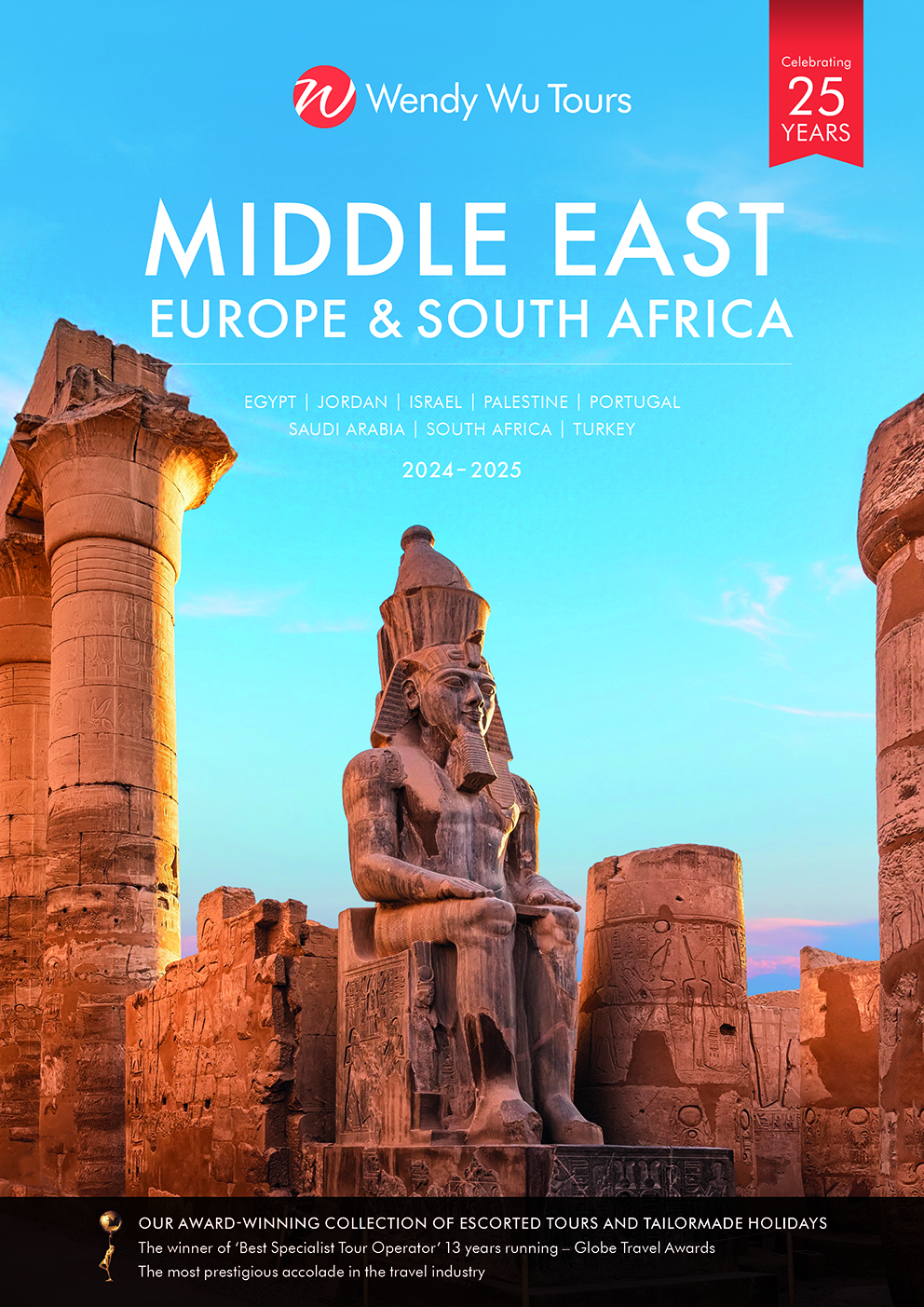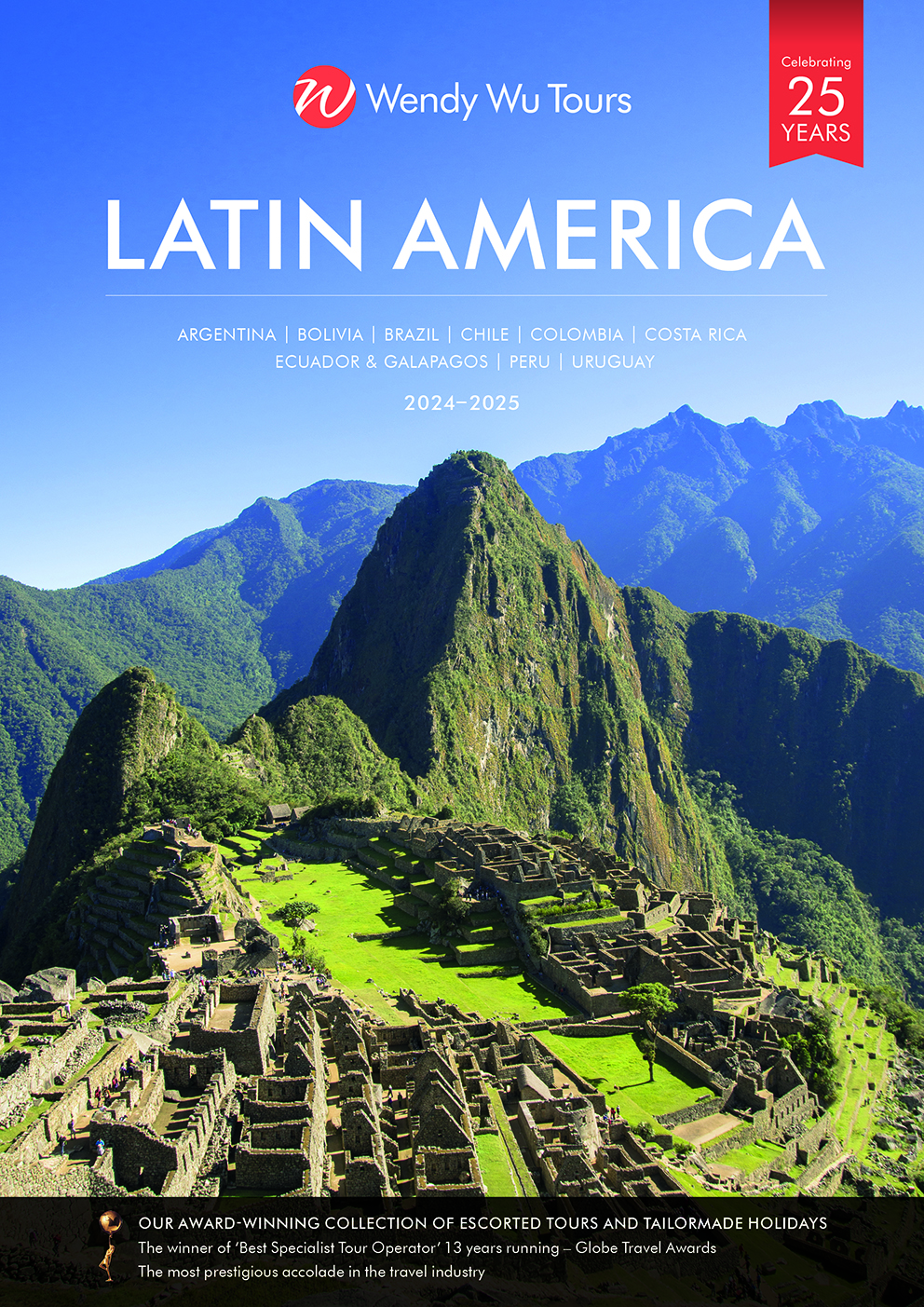With its long and fascinating history, mystifying desert and utterly breath-taking monuments, Egypt rightfully ranks highly on many explorer’s travel list. In the north you’ll find Cairo, a charismatic capital where life hums 24/7, and just outside sit the world famous Pyramids of Giza – the last remaining of the Seven Wonders of the Ancient World and a sight not to be missed. But journey further south, into what was known in ancient times as Upper Egypt, and you’ll find treasures that give even the mighty Pyramids a run for their money.
By far the easiest and most spectacular way to explore southern Egypt is via the Nile, and what could be better than relaxing on the sundeck of a luxury river cruise ship, soaking up the passing scenery as you sail between each amazing site. Starting in Luxor and ending in Aswan, this stretch of the Nile is a treasure trove of wondrous archeological discoveries, all of which you’ll explore on our 11-day Dreams of Egypt tour together with your Egyptologist guide.
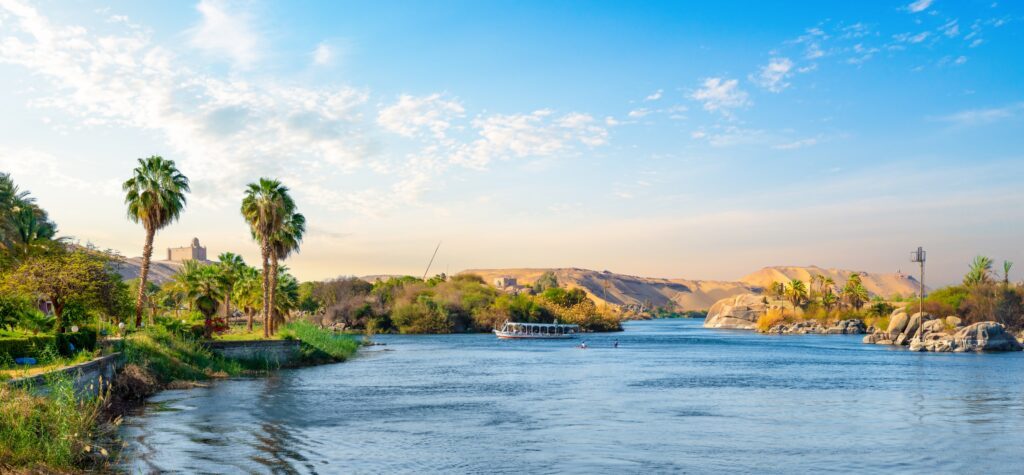
Luxor’s East Bank
Luxor, known as the ancient city of Thebes, was once the capital of Egypt and the largest city in the entire world with 80,000 residents. It was home to some of the most powerful pharaohs from the 16th to the 11th century BC and is now referred to as the world’s greatest open-air museum. Divided by the Nile, in ancient times Luxor’s two sides were representative of life and death – on the East Bank where the sun rises was the home of the living, and the West Bank where the sun sets, the home of the dead. It is on Luxor’s East Bank that you’ll find two of Egypt’s most magnificent temples.
Karnak Temple
Constructed over a 2,000 year span and added to by each ruling Pharaoh all aiming to architecturally outdo the last, Karnak Temple is the second largest ancient religious site in the world after Cambodia’s sprawling Angkor complex. Approaching via an avenue lined with ram-headed sphinxes (a symbol of god Amon), you may be fooled by the temple’s modest exterior but prepare to be blown away when you step inside.
Beyond the main entrance, which was originally a quay leading to the Nile, you’ll find a large forecourt, and at the end a colossal statue of Rameses II with his daughter at his feet. By far the most impressive part of Karnak Temple is the Great Hypostyle Hall with its 134 gigantic columns, 12 of which tower at almost 24m high. Every column is intricately decorated with carvings depicting temple rituals and battle exploits of the pharaohs, and were once adorned with gold and jewel-like colours – some of which you can still see today. Exiting the Great Hall takes you to the oldest parts of the complex with ancient carvings, pharaonic statues, shrines, chambers and sanctuaries to explore at every turn.





Luxor Temple
Connected to Karnak Temple by the 3km-long Avenue of Sphinxes (much of which is now fully excavated), Luxor Temple was ancient Egypt’s most significant religious centre, and it was said to be here that god Amon experienced rebirth during the pharaoh’s annual coronation ceremony. The complex was initially built by New Kingdom pharaoh Amenhotep III during his reign from 1390 to 1353 BC, and completed by Tutankhamen and Horemheb, although many notable additions were made by Rameses II between 1279 and 1213 BC – including the temple’s dramatic entrance which is guarded by enormous statues of Rameses himself.
Beyond the entrance you’ll find two large courts, one for Amenhotep and one for Rameses, both entirely surrounded by gigantic stone columns. Connecting the two courts is the impressive Colonnade Hall, a 61m walkway with 14 magnificent pillars stretching 19m up to the sky. Although impressive to explore during the day, we visit Luxor Temple at night at its most atmospheric when the grand statues and commanding pylons are illuminated, casting imposing shadows across the temple walls.





Luxor’s West Bank
Valley of the Kings
Located on Luxor’s West Bank you’ll find the world-famous Valley of the Kings. What at first glance appears nothing more than a sun-scorched gorge, this magnificent site is actually home to more than 60 tombs of the New Kingdom pharaohs who reigned between 1550-1069 BC, each decorated with exquisite carvings and paintings of kings and queens on their journey to the afterlife.
The pharaohs chose this lonely valley as their main burial site in hope to protect their riches from looters – far more inconspicuous than the grandiose pyramids used previously. Unfortunately, most of the tombs were unearthed and raided by thieves before the end of the 20th dynasty, but one remained untouched, hidden by a pile of rock chippings – that of King Tutankhamen. The lavish treasures found inside King Tut’s tomb made him the most famous of the Egyptian pharaohs, despite dying at the age of 19, and these luxuries can be viewed at Cairo’s Egyptian Museum, including his iconic burial mask. Going inside the tomb itself is equally as fascinating as seeing the treasures, with walls decorated with intricate carvings and painted scenes, a large stone sarcophagus and Tutankhamen’s actual mummy on display.
On our Dreams of Egypt tour you will of course visit King Tutankhamen’s tomb along with your choice of three others – we recommend visiting that of Tausert-Setnakht, despite being often overlooked by visitors as it sits at the end of the valley, this is by far one of the most impressive with excellent depictions of the king and queen being presented to the gods and a gigantic sarcophagus still in situ.



Temple of Hatshepsut
Just a 10 minute drive from the Valley of the Kings lies the Mortuary Temple of Hatshepsut, one of the first of Egypt’s female pharaohs and the longest reigning. Nestled in a natural amphitheatre created by the surrounding rocks, this dramatic location lends to the visual impact of Queen Hatshepsut’s temple – perfectly symmetrical with beautiful colonnaded terraces, standing elegantly amidst the rugged terrain.
Queen Hatshepsut knew she needed to establish her authority as a woman in a traditionally male position of power, so she set out to create a temple that surpass all those built before and placed it on the West Bank of the Nile reaffirming her position amongst the kings. Around 3,500 years ago, the temple would’ve been surrounded by pristine gardens with exotic plants, reflecting pools and soaring pylons and obelisks, making it utterly incomparable in terms of grandeur. Passing through the courtyard today, it’s easy to imagine this magnificent temple in its prime – the sheer scale is truly something to be admired.
Exploring each level offers something noteworthy; on the ground level keep an eye out for scenes showcasing how Hatshepsut’s two gigantic obelisks were transported and erected at Karnak. The second level is home to chapels dedicated to Hathor and Anubis, and don’t miss the Birth Colonnade which tells the story of the divine birth of Hatshepsut – the first of its kinds for a female pharaoh.





Temple of Edfu
Over 100km south of Luxor along the banks of the river Nile sits the city of Edfu, home to the Temple of Edfu – one of the best preserved in all of Egypt and one of just a handful with its roof still intact. Constructed between 237-57 BC and eventually buried beneath 12m of drifting desert sand and built on top of by villagers, this splendid temple wasn’t uncovered until the late 19th century, perfectly preserving the detailed inscriptions on the walls which still look as fresh as the day they were created.
The temple is dedicated to Horus, god of kingship and the sky, and you’ll see two large granite statues of Horus as a falcon guarding the enormous 36m-high gateway. Beyond the gateway lies the huge forecourt where priests would have once made offerings to the gods. This grand open space is surrounded by 32 richly decorated, floral-topped columns stretching to the heavens above. Be sure to visit the temple laboratory which you’ll find just off the inner hypostyle hall – this is where perfumes and incense were prepared and stored, and you’ll see all the recipes and ingredients delicately inscribed onto the walls. Don’t miss the inner passageway which runs around the back half of the temple, here you’ll find some of the most legible and fascinating reliefs, including battle scenes between Horus and Seth where Seth is depicted as a hippopotamus (and it’s quite cute!).





Temple of Kom Ombo
The journey from Edfu to Kom Ombo is particularly lovely as you sail the agricultural backwaters past sugar cane fields and sleepy villages, where you’ll often see local children playing in the waters. On arrival in Kom Ombo you are greeted by the impressive sight of the Temple of Kom Ombo, standing in prime position on the banks of the Nile. Built in the Ptolemaic Period, this temple is unlike any other in Egypt as it’s the only one dedicated to, not one but, two deities – Sobek the crocodile god and the falcon god Horus. Perfectly symmetrical on either side, creating twin temples, each features its own entrance, court, hypostyle hall and sanctuaries.
It was on this spot that the crocodiles which were once abundant in the Nile would bask in the blazing sun, and the ancient Egyptians hoped that worshipping a crocodile god would prevent them from attacks by the ferocious river dwellers. In fact, they were so dedicated to worshipping these creatures that hundreds of mummified crocodiles have been uncovered around the site, some of which you can view in the neighbouring Crocodile Museum. The Temple of Kom Ombo is also unique as this is where many would travel to seek treatment for affliction. It is thought to be the closest thing to an ancient hospital and on the walls of the outer passage you’ll see distinct inscriptions of surgical instruments and procedures.





Abu Simbel
You could easily argue that we’ve saved the best till last on our Dreams of Egypt tour. Once docked in Aswan, a 3 hour drive along the stark desert road takes you to the iconic site of Abu Simbel. Although this may seem like a long journey, it is unequivocally worth it with many naming these temples the highlight of their trip. You may actually be surprised to hear that most tour operators won’t include a stop at Abu Simbel because of the distance, but for us, we wouldn’t want to take you all the way to Egypt only to miss one of its most remarkable treasures. Thanks to its location there are far fewer crowds here than Egypt’s other main attractions, and perhaps it’s this which makes the whole site feel all the more special.
Miraculously carved out of a prodigious sandstone cliff in the heart of the Nubian Valley, Abi Simbel consists of two magnificent temples – one for King Rameses II and one for his favourite wife, Nefertari. One of the best things about these temples is that they are completely hidden from sight when approaching. You wind your way to the waters edge and suddenly you are hit with the most awe-inspiring view, four 20m-tall colossi of Rameses II guarding the main temple’s entrance, gazing out across the beautiful blue expanse of Lake Nessar below. Venture inside the Temple of Rameses and you’ll find an 18m-long hypostyle hall flanked by huge statues of King Rameses depicted as Osiris, god of the underworld. Exploring beyond the hall leads you to the Vestibule and Transverse Chamber, and from here you’ll find the innermost sanctuary which was only accessible by the king. On just two days of the year, the shrine of the innermost sanctuary is illuminated by the rays of the morning sun as it penetrates the entire length of the temple, this temple is dedicated to the sun gods after all.
Adjacent to the main Temple of Rameses sits that of Nefertari, dedicated to goddess Hathor. Not only was it unusual for wives of pharaohs to be gifted entire temples, but at the entrance you’ll see statues of Rameses and Nefertari side by side and unconventionally the same size, showing how highly regarded Nefertari was by Rameses.







Of course, the temples are the main reason visitors come to Abu Simbel, but don’t miss your chance to experience the Nubian side of Egypt. This southern area, along with Aswan, is great for getting to grips with Nubian culture, and here you’ll find a slower pace of life. Of course, the people of Egypt are delightful wherever you go, but the Nubians have a reputation for being the most welcoming, loyal and hardworking. We stop at an authentic, family-run Nubian guesthouse for lunch for a taste of delicious Nubian cuisine and home-grown hibiscus juice accompanied by classic Nubian music and décor.
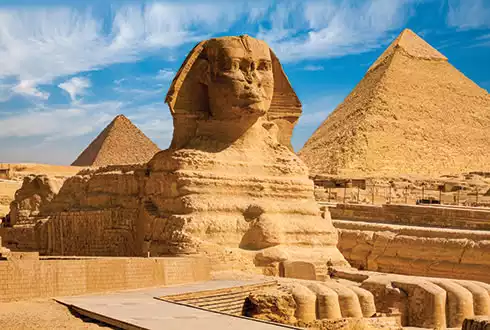
Dreams of Egypt
11 days from £4190pp
Fully Inclusive of Tour & Flights
Cairo - Alexandria - Luxor - Aswan - Cairo




